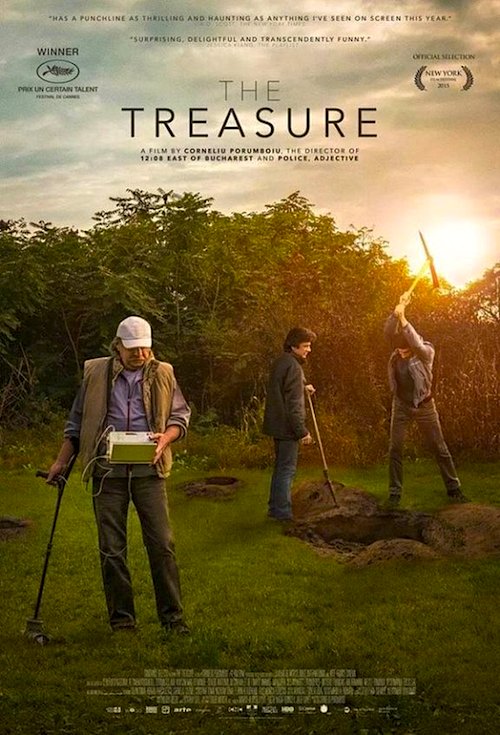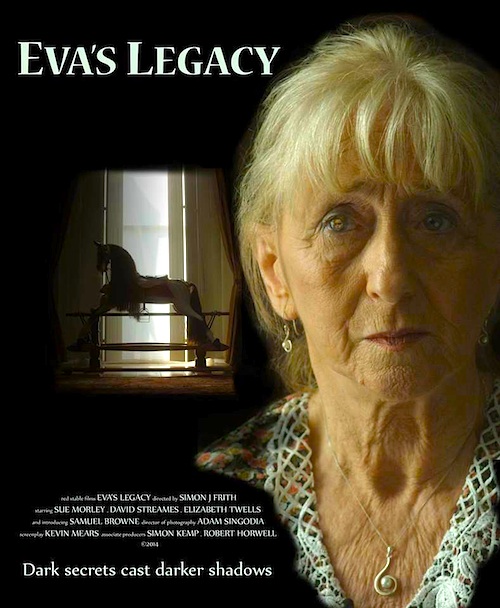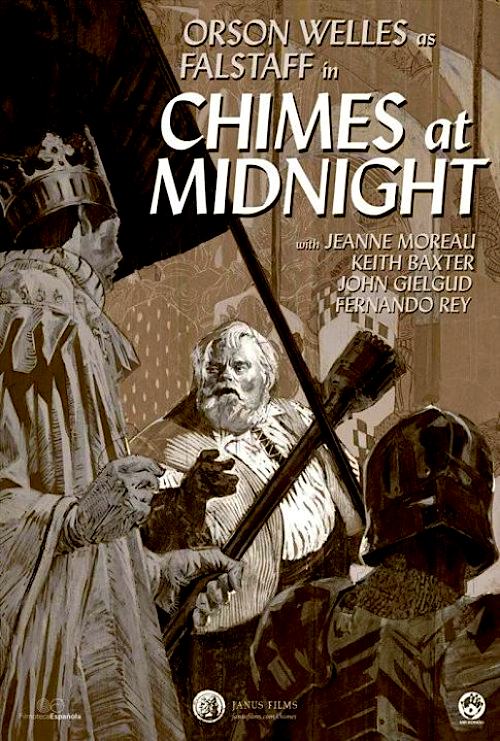 By Joe Bendel. It is heavily unionized and the entertainment is all boy bands. Yes, welcome to Hell. You will be hearing that a lot in Tom Gianis & Ross Shuman’s absolutely not for kids stop-motion animated feature Hell and Back, which just released on DVD.
By Joe Bendel. It is heavily unionized and the entertainment is all boy bands. Yes, welcome to Hell. You will be hearing that a lot in Tom Gianis & Ross Shuman’s absolutely not for kids stop-motion animated feature Hell and Back, which just released on DVD.
Remy, Augie, and Curt are three incredibly foul-mouthed losers who still work in their town’s decrepit carnival. The entire place is a safety hazard, including its signature descent-into-hell ride. When Remy stumbles across an enchanted demonology volume in the fortune teller’s quarters, he thinks its literally weeping portrait of Satan might be the new attraction they need. Unfortunately, he convinces Curt to pledge a foolish blood oath on it, which he has no intention of honoring. Alarmed to see their friend suddenly swept into Hell, Remy and Augie follow him into the vortex.
To satisfy the demons’ union, the Devil agrees to sacrifice Curt in a grand ceremony. It is all rather annoying for the Prince of Darkness. He would much rather be putting the moves on Barb, the naughty angel, who periodically visits as a messenger from upstairs. Obviously, the two slacker mortals need the help of a specialist, so they team up with the half-human, half-demon Deema, to track down her father Orpheus, who knows a thing or two about sneaking mortals out of Hell. However, in the years since classical antiquity, the mythological figure has become a boorish womanizing drunkard, so he and Remy get along like a house on fire.
The humor of H&B is crude, lewd, and pretty funny. By affording Orpheus a significant role, it is also far more literate than you would expect. There are even some surprisingly witty barbs aimed at unions, boy bands, public education, and general political correctness. It is basically a scatological force for good, in the South Park tradition.

Only in Hell would Nick Swardson be considered a bigger star than Mila Kunis, so maybe that explains why he gets top billing over her here. Nevertheless, he voices Remy with all due snark and snide. Kunis is game enough as Deema, but Susan Sarandon is the queen of all good sports singing a duet with Danny McBride (as Barb and Orpheus) that is so raunchy it makes the songs from the South Park movie sound like “Some Day My Prince Will Come” (what a shame it wasn’t submitted for Oscar consideration).
The animation is not quite at Aardman or Laika levels, but it definitely exceeds expectations. In fact, the environs of Hell are rather suitably baroque. Even running a hair shy of ninety minutes, H&B starts to run out of steam, but it still has more originality, energy, and attitude than the cliché-ridden Boxtrolls. All and all, it is most satisfyingly subversive. Recommended for animation fans who can appreciate it cheerful unruliness, Hell and Back is now available on DVD.
LFM GRADE: B+
Posted on January 8th, 2016 at 7:01pm.




